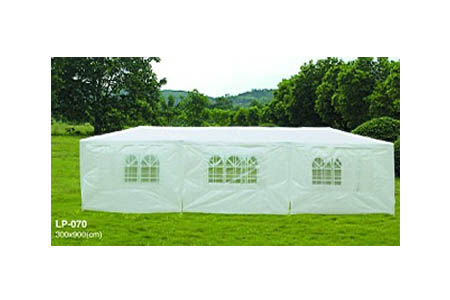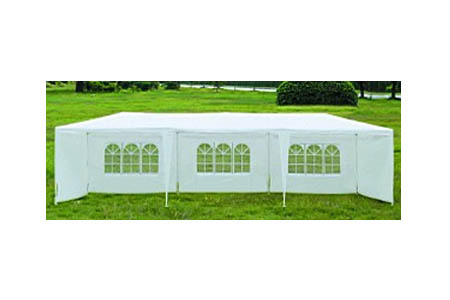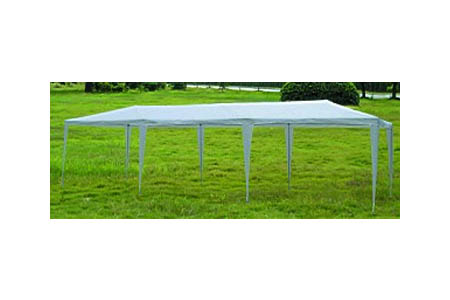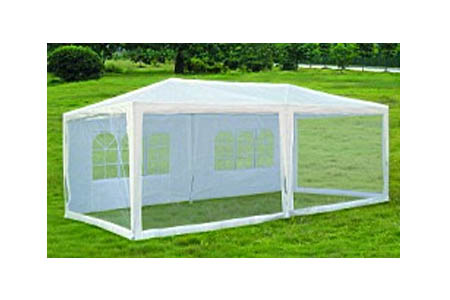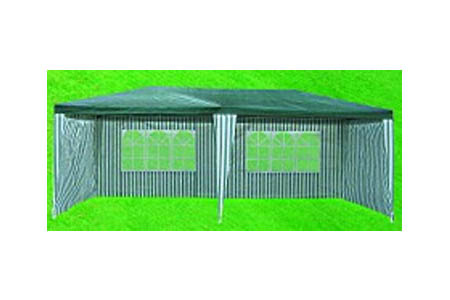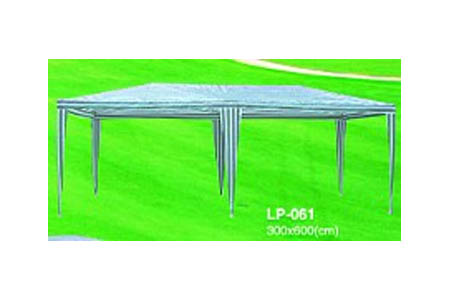Custom polyester gazebo 3x3 Manufacturer
In contemporary urban landscape design, the integration of polyester gazebos represents a compelling blend of functionality and aesthetic appeal. Urban planners and landscape architects are increasingly turning to polyester gazebos as versatile elements that enhance public spaces while providing practical benefits. This article explores how polyester gazebos can be effectively incorporated into urban landscapes, highlighting their advantages and offering insights into their integration.
Polyester gazebos are outdoor structures that combine durability with elegance, making them suitable for various urban settings. These gazebos are constructed using polyester fabric, known for its resistance to weather conditions and ease of maintenance. Unlike traditional gazebos, which often use wood or metal, polyester gazebos offer a modern alternative that aligns with contemporary design principles.
Polyester gazebos stand out due to their durability. Polyester fabric is engineered to withstand the elements, including rain, UV rays, and wind. This resilience ensures that polyester gazebos maintain their appearance and functionality over time, even in harsh urban environments. Furthermore, polyester gazebos are easy to clean, requiring minimal maintenance compared to their wooden or metal counterparts.
One of the significant advantages of polyester gazebos is their aesthetic flexibility. The fabric can be dyed in various colors and patterns, allowing urban designers to customize the gazebos to match the surrounding environment. Whether integrated into a park, plaza, or public square, polyester gazebos can be designed to complement the existing architecture and landscaping, enhancing the overall visual appeal of the space.
Polyester gazebos offer a cost-effective solution for urban landscape design. The materials used in polyester gazebos are generally more affordable than high-end wood or metal options. Additionally, the ease of installation and low maintenance requirements further contribute to the cost-effectiveness of polyester gazebos, making them an attractive option for budget-conscious urban projects.
Design Considerations for Polyester Gazebos
When integrating polyester gazebos into urban landscapes, it's crucial to consider how they will interact with existing infrastructure. For example, polyester gazebos can be strategically placed in park areas to provide shade and shelter for visitors. In urban plazas, they can serve as focal points or gathering spaces, enhancing the functionality of the area. Ensuring that the design of polyester gazebos complements the surrounding infrastructure helps create a harmonious and visually appealing environment.
Polyester gazebos can be designed with specific functions in mind. For instance, in a community park, polyester gazebos can provide covered seating areas, picnic spots, or performance spaces for local events. In commercial settings, polyester gazebos can serve as outdoor dining areas or customer waiting zones. Understanding the intended use of the polyester gazebos helps guide the design and placement to maximize their effectiveness.
Urban planners should also consider the environmental impact of polyester gazebos. Polyester fabric is generally recyclable, and many manufacturers offer eco-friendly options. Incorporating sustainable practices, such as using recycled polyester or selecting gazebos with low-impact production processes, aligns with modern environmental goals and enhances the overall sustainability of urban design.
In a recent project in downtown Chicago, polyester gazebos were integrated into a new urban park designed to provide a green oasis in the city. The polyester gazebos were strategically placed to offer shade and shelter along walking paths and picnic areas. Their vibrant colors and modern design elements complemented the park's landscape, creating a welcoming and functional space for visitors.
In a redevelopment project in San Francisco, polyester gazebos were used to enhance a public plaza. The gazebos were designed to provide covered seating and shelter during events and festivals. Their sleek, contemporary appearance contrasted beautifully with the surrounding historic architecture, demonstrating the versatility of polyester gazebos in blending with diverse urban environments.
Successful integration of polyester gazebos into urban landscapes requires a collaborative design process. Engaging with stakeholders, including community members, local businesses, and city officials, ensures that the design meets the needs and preferences of the users. This approach helps create polyester gazebos that are both functional and aesthetically pleasing.
Each urban setting presents unique challenges and opportunities for integrating polyester gazebos. Conducting site-specific analyses, including factors such as foot traffic, existing infrastructure, and environmental conditions, helps tailor the design and placement of polyester gazebos to the specific needs of the location.
After the installation of polyester gazebos, ongoing evaluation and feedback are essential for ensuring their continued success. Regular maintenance, user surveys, and performance assessments help identify any issues and provide insights for future improvements.
Polyester gazebos offer a modern and versatile solution for enhancing urban landscapes. Their durability, aesthetic flexibility, and cost-effectiveness make them an appealing choice for urban planners and landscape architects. By carefully considering design considerations, functionality, and environmental impact, polyester gazebos can be seamlessly integrated into urban settings, creating functional and visually appealing spaces for communities. As urban landscapes continue to evolve, polyester gazebos will play an increasingly important role in shaping vibrant and sustainable public spaces.


 EN
EN  English
English 中文简体
中文简体 Español
Español

